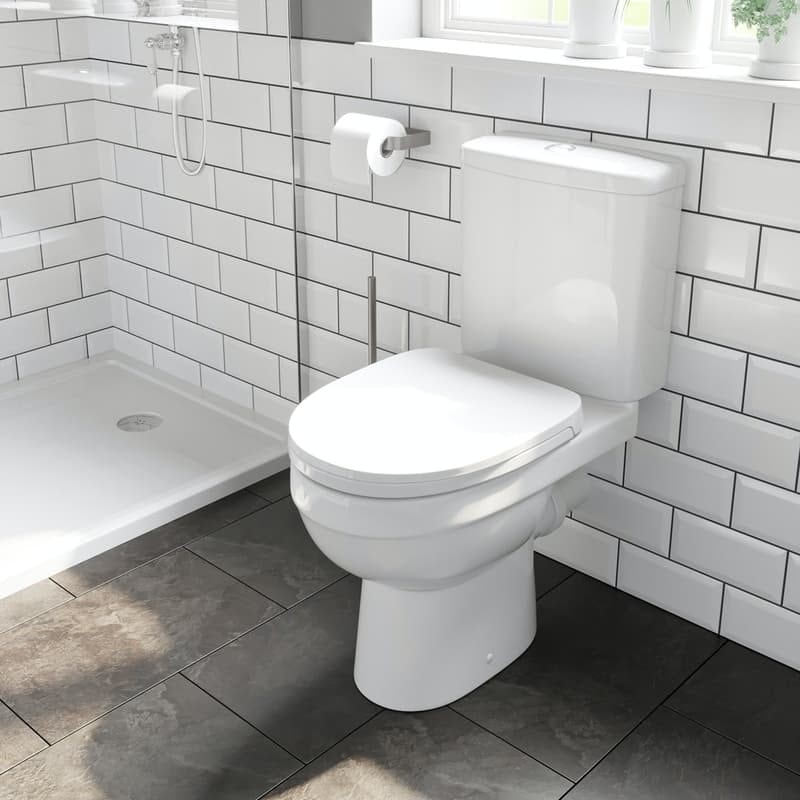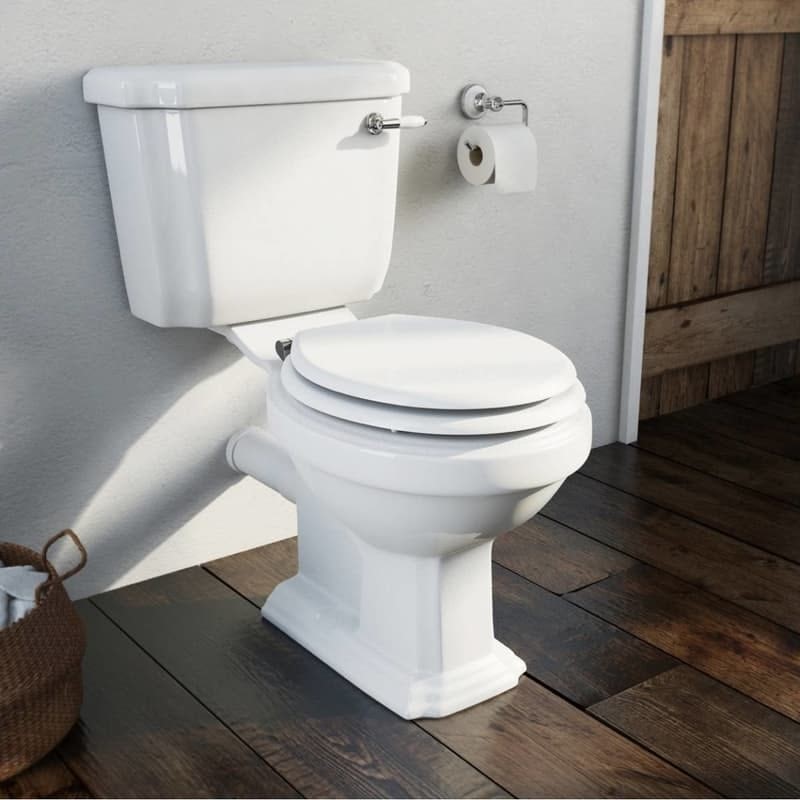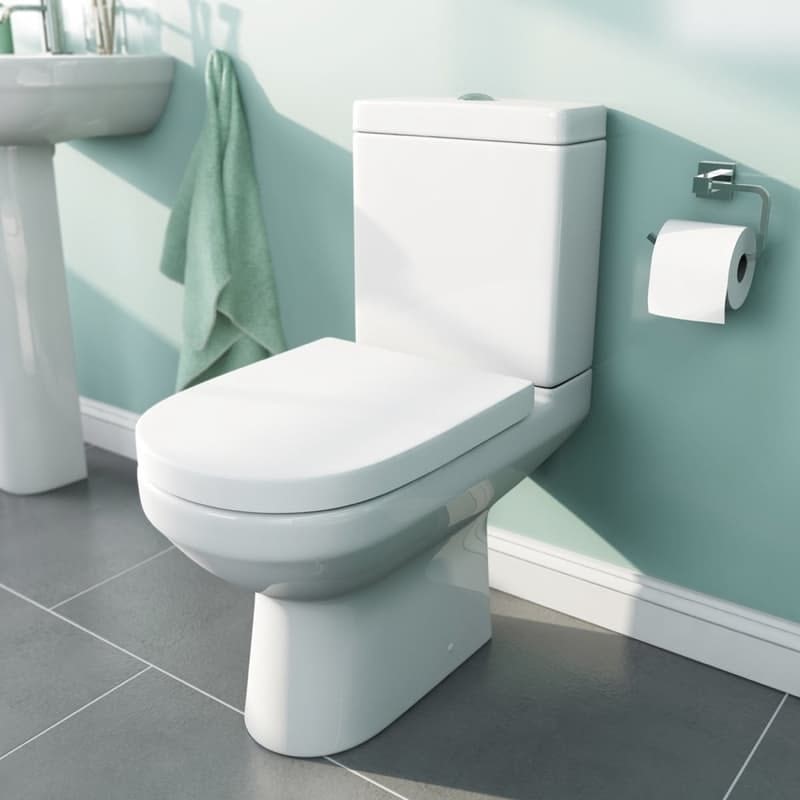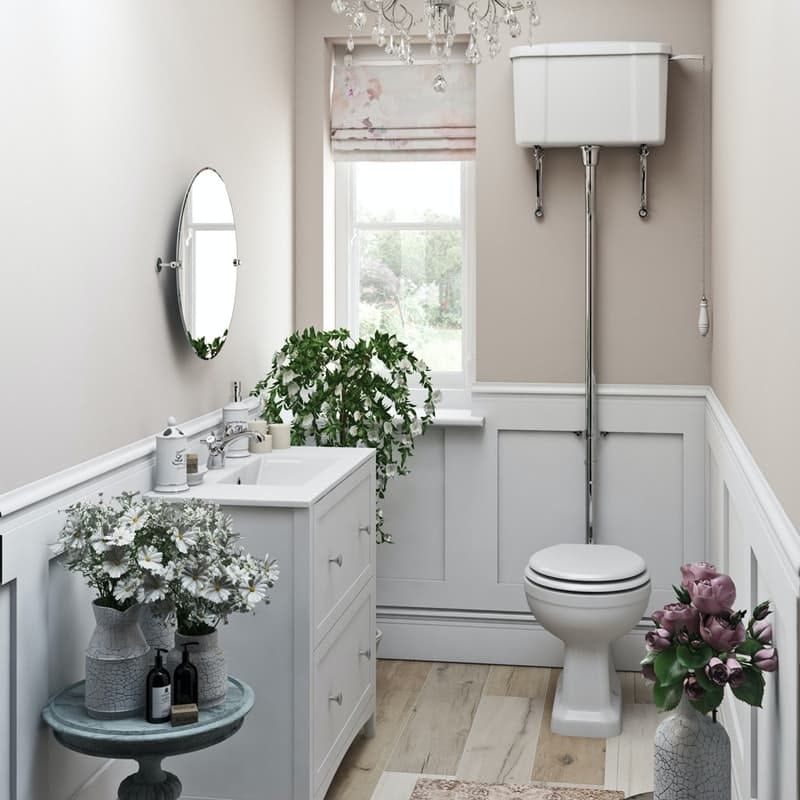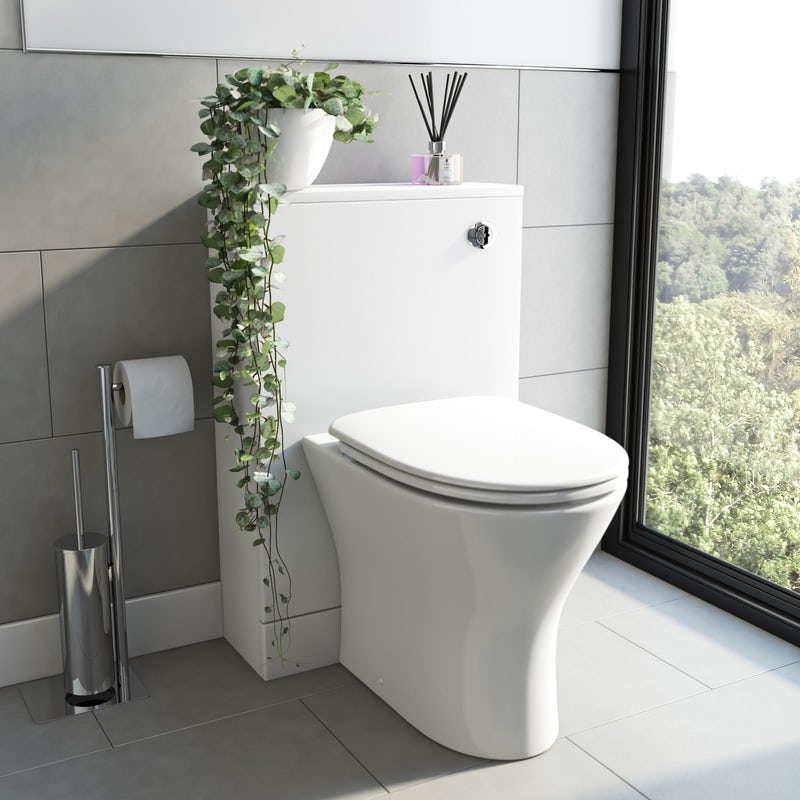It's one of the world's greatest inventions and something we simply couldn't imagine living without. But just how does a toilet work? We found out...
The crapper? The loo? The bog? There are so many different nicknames for a simple, everyday toilet. However you refer to it, it is one of the most indispensable appliances in any house, building or even vehicle. Could you imagine your life without a flush toilet? It really doesn't bear thinking about!
Despite its utmost importance, it is still an appliance that most people feel awkward or uneasy talking about. It could be because conventional flush toilets are essentially responsible for waste which is easily associated with germs or odour, and that can be a topic that’s difficult to ease into. It really doesn’t help that public bathrooms are sometimes filthy and gross, further proving these toilet assumptions. It can be easy to forget that toilets are made to make our waste disposal clean and easy. Let’s explore how toilets work to help us do that!
Let’s start with some basic knowledge
The toilet is made up of 2 main parts; the toilet bowl (also commonly referred to as a pan) and the cistern (also commonly known as the water tank). The bowl is responsible for collecting and draining waste out and down the waste pipe and the cistern, which contains things like the flush valve and toilet fill valve, is responsible for activating the flushing mechanism, which allows the whole waste draining process to occur.
When you flush your toilet, the button or handle activates the raising of the toilet flapper valve which allows water from the cistern to enter the bowl. As clean water enters the bowl, with the help of trustworthy gravity, the dirty water flows through the pipes and into a sewer pipe. Once that happens, the same flapper goes back to its normal position and the refill valve starts filling water back into the toilet bowl and cistern. Once the water limit is reached, the valve is deactivated and the entire process stops.
The bowl siphon
Even without the cistern, a toilet will still flush when the button is pressed or the handle or chain is yanked. So why have a cistern? It just makes things easier and reduces the aftermath of strain or stains on your toilet bowl. Well, if you don’t believe that a toilet could flush without a cistern, you can try this little experiment out by yourself:
Observe the water levels of your toilet bowl when you pour a small glass of water into it. You should see that it doesn’t rise, even though more water is being added inside. How come? Well, the extra water would have exceeded the siphon’s set limit. You could reattempt this experiment as many times as you want, but the results will stay the same. The siphon has a water limit so that water doesn’t overflow onto your bathroom floor.
If you want to see something a little different, let’s switch things up! In this experiment, you can use a large jug of water and pour it down your toilet bowl. You would start hearing water rushing towards your toilet bowl. Before you know it, it flushes but you didn’t even push a button or yank a handle. Why? In this scenario, the siphon tube has been filled up and this causes the siphon to start draining the water. At the same time, air fills up the siphon tube, producing the flush.
The flush
As virtually demonstrated, the toilet could still empty itself, even without a cistern. Technically, you could just keep pouring large amounts of water down your toilet bowl and that would take care of all your flushing needs. However, you probably would get sick and tired of manually filling large amounts of water every single time you need to flush your toilet. Though not technically necessary, cisterns are installed to make your life much, much easier when using the bathroom.
A question you may have is why must the cistern be so large? Couldn’t it hold just enough water to promote flushing? Well, it doesn’t really work that way. The “secret ingredient” is the speed and pressure of the water flow. If both factors aren't strong enough, it won't activate the siphon.
The presence of a cistern ensures that large amounts of water can be stored, ready to release several litres of it quickly when needed. With the quick speed and large pressure produced, anything that goes into the toilet quickly and smoothly exits it too.
Here’s a fun fact: the inside of a cistern is one of the most complicated areas of a toilet. Normally, you wouldn’t know this because we usually only use the handle or the button to flush. When the flush button is activated, it opens a valve in the bowl. The water swishes down from the bowl and a large amount of it travels to the siphon jet. Due to the speed of this action, the siphon is activated almost immediately.
Find out more about how a toilet flush works.
The refilling and filled
The refill phase ensures that water goes back into the toilet bowl without overflowing. This mechanism is linked to a valve that allows the water supply to activate. To check how much water is in the cistern, you can take a look at the float ball. It rises and drops according to the water level of the cistern.
This floating ball and the overflow mechanism work hand in hand in the refilling phase to ensure that the level of water is kept at an appropriate level. The float ball indicates to the fill valve when to begin or stop releasing water. In the event that the float ball is removed, the overflow mechanism will release even more water into the bowl to avoid the cistern from overflowing. In this scenario, the flush may be continuous or take a significantly longer time to stop. You could assess that there may be some issues with the refilling phase. However, this is just one possible explanation, and it would be best to consult a professional.
Find out more about how a toilet cistern works.
Conclusion
A seemingly simple appliance; who knew it could be this complicated? There are many things that can contribute to a toilet malfunction, be it a removed float ball or part of a cistern corroded by limescale. If you’re unsure of what happened to your malfunctioned toilet, it would be best to consult an experienced plumber before deciding on what work you want to be done to your toilet. As they say, it’s best to leave it to the professionals.
Shop toilets
If the time has come to replace your old toilet with a shiny new one, you'll find a fabulous selection of designs and models right here at Victoria Plum. From conventional, low-cost close coupled toilets to sleek, designer, back to wall toilets, you'll find the perfect product at the very best prices, simply by clicking below.

